Inside: Here are 7 fun fall activities for kids and grandkids. Guaranteed to bring the spirit of the season to life!
Fall Activities for Kids and Grandkids
Fall is a special time of the year. The hot muggy feeling of summer is replaced with cooler temperatures and crisp air. The landscape and leaves change from green and brown to beautiful shades of orange, red, and yellow.
For the Celts who lived over 2,000 years ago, Fall was a time when crops were harvested and stored safely in barns to be used for the upcoming cold winter months. It was a time of pumpkins, apples, cinnamon, spices, and celebrations—much like today.
However, today we also associate this season of the year with Back-to-School, Halloween, Thanksgiving, and all the fun activities surrounding these events and holidays.
Let’s talk about some fun fall activities for kids and grandkids to bring the spirit of the season to life and to usher in the upcoming holidays.
#1 Science: Identifying Leaves
Go on a scavenger hunt in nature to search for and identify fall leaves.
Explain to your grandkids that all leaves have names–just like they have a name. To help find leaf names click here to download my FREE fall leaf guide. (Note–you can download the guide for your own personal use, but you cannot post it on your blog). There is also a free app called “Picture This” that will help you identify different leaves. It’s easy to use—point, shoot and identify.
There are 3 steps to this activity:
- Step #1: Gather fall leaves around your neighborhood
- Step #2: Categorize the leaves by color, shape, texture, and name
- Step #3: Read to your kids/grandkids the book, Leaf Man by Lois Ehlert and then have each child/grandchild create their own “Leaf Man” from the leaves and pods gathered on your walk.
What is learned?
- An educational nature activity that teaches kids how to search, look, observe, and identify leaves, plants, and seeds.
- A science lesson of identifying and categorizing leaves and seeds
#2: Art: Creating a Cardboard Mural with Recycled Materials
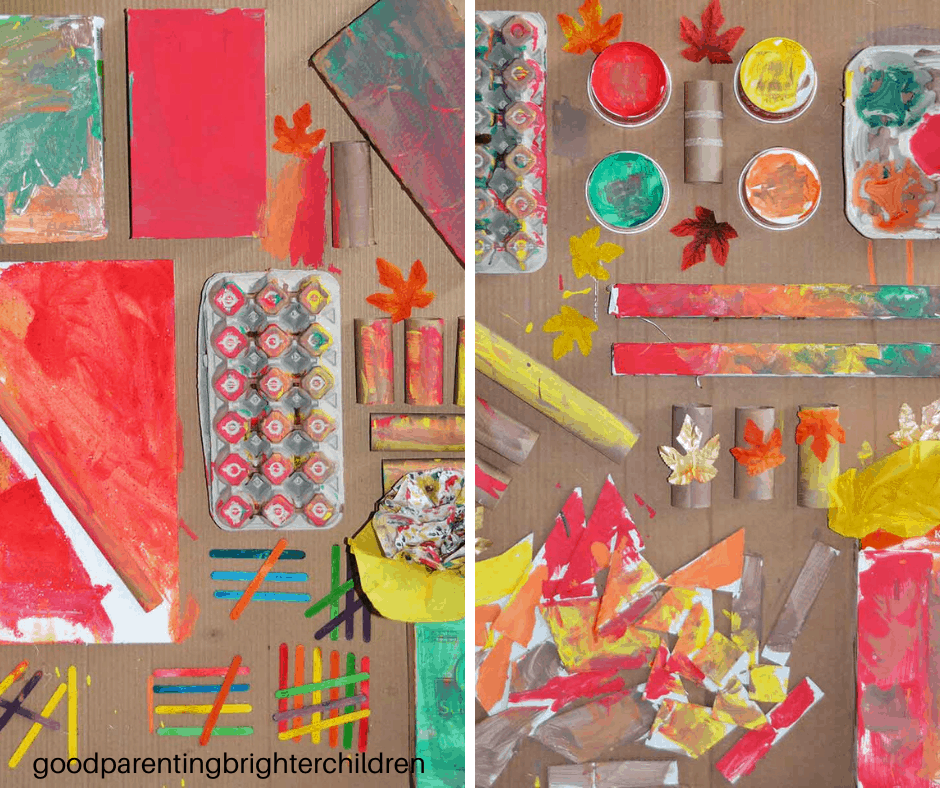 During the last 4 months that our grandchildren have visited, we’ve talked about the importance of recycling while gathering lots of materials. Taking our recycled materials, we created a mural. The materials came from things we used—egg cartons, raisin boxes, Kashi cereal boxes, paper rolls, ice cream cartons, popsicle sticks, scraps from art projects, etc.
During the last 4 months that our grandchildren have visited, we’ve talked about the importance of recycling while gathering lots of materials. Taking our recycled materials, we created a mural. The materials came from things we used—egg cartons, raisin boxes, Kashi cereal boxes, paper rolls, ice cream cartons, popsicle sticks, scraps from art projects, etc.
Try this:
- Divide your grandkids into teams–these are big and they will need help.
- Arrange the recycled items on big pieces of cardboard
- Hot glue-gun in place
- Paint the mural in autumn colors—red, orange, yellow, brown.
- If your mural has a box with an opening, make tissue paper flowers to put in the opening—a fun touch of fall.
This is a fun activity to teach recycling—start saving those boxes and containers! Check out this book for how to make a mural: Cardboard Creations
What is learned?
- Teamwork skills
- Importance of recycling
- Creativity & imagination
#3: Kitchen Activity: Making Homemade Wheat Bread
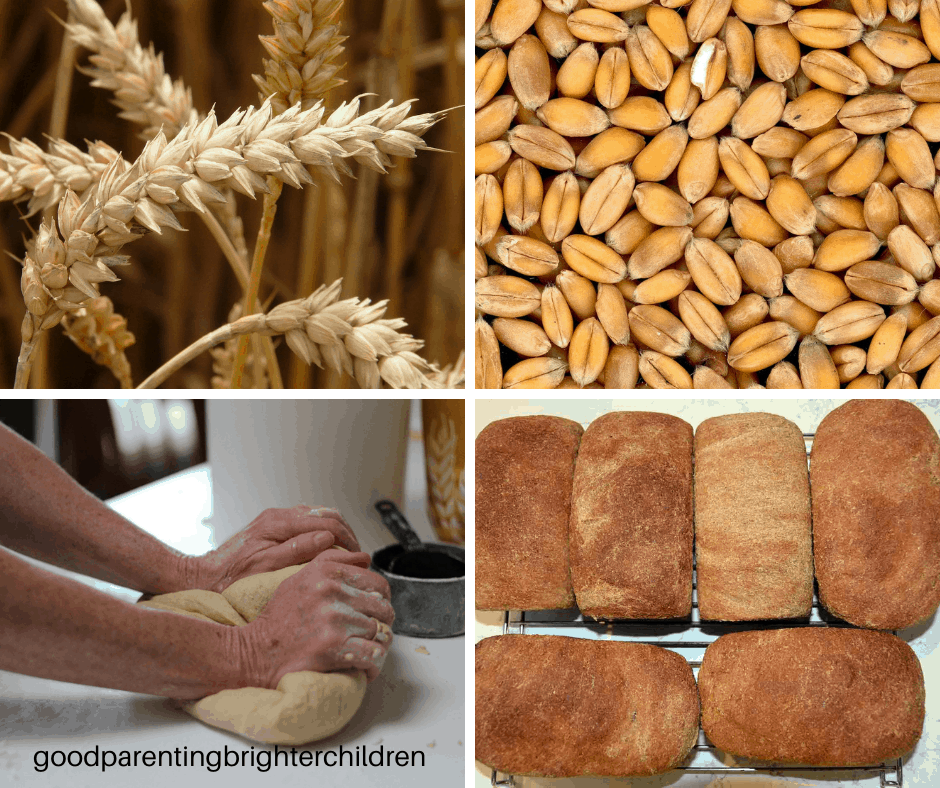
Teach kids/grandkids that wheat bread starts out as a plant–a stalk of wheat where the kernels are extracted; ground into flour, and eventually made into loaves of bread.
In 1979, a baker moved into our neighborhood in Southern California. He specialized in baking wheat bread from scratch. He took whole wheat berries right off the stalk in the fields and using a special stone wheat grinder, ground the berries into flour.
I took classes from him; purchased a wheat grinder and 2 different kinds of wheat:
- Hard red winter wheat
- Spring wheat
Feeling like “The Little Red Hen,” I made a lot of wheat bread with my sons.
Word got around and I started going to preschools and elementary schools showing the kids how you take wheat berries, grind them into gritty flour, and add a few more ingredients to make a loaf of bread. Each child made their own loaf.
Naturally, I wanted my grandkids to have this experience. And Fall is the perfect time to hunker down, heat up the oven, grind the flour and make wheat bread!
Here are some steps:
- Show your grandkids a picture of a wheat stalk
- Show them the wheat berries you are going to grind into flour
- Using the wheat grinder, have the grandkids help grind the berries into flour
- Make bread.
Here are some tips:
Tip #1: Working with wheat is different from working with white flour. After you’ve put in the amount of flour called for in the recipe and it’s a good consistency, put oil on your hands and knead it. Do not add more flour because you will end up with a loaf of bread that is hard and dry.
Tip #2: Use smaller loaf pans. 100% whole wheat bread doesn’t rise as high as bread made from white flour. Smaller pans will allow it to rise to a nice height.
When the bread comes out of the oven, smother in butter and honey and have each grandchild take a couple of loaves home.
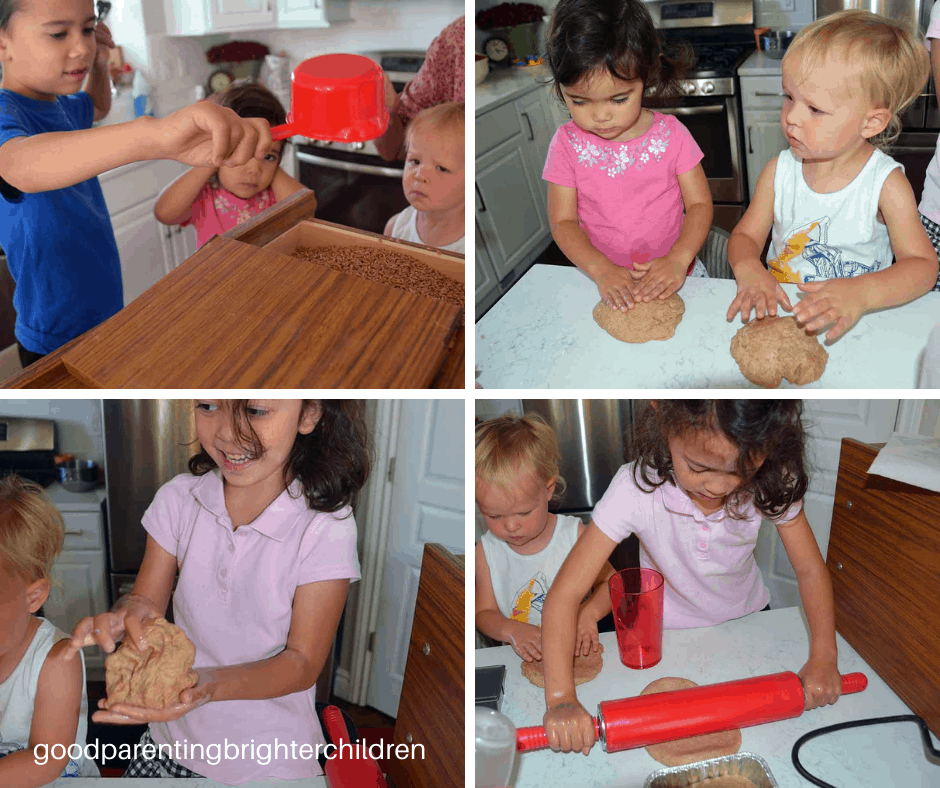
Step #1: Grind the wheat berries in the wheat grinder. Step #2 & 3: Knead the dough. Step #4: Form into loaves
- ½ cup water: 115 degrees
- ½ teaspoon honey
- 2 level Tablespoons dry yeast
- 2 Tablespoons salt
- 5 cups warm water
- ⅔ cup honey
- ⅔ cup canola oil
- 2 eggs
- 10-12 cups whole wheat flour freshly ground
- Preheat the oven to 350 degrees
- Mix the first three ingredients in a glass container: ½ cup water, honey, and yeast together. Set aside and allow it to rise before mixing with the other ingredients
- Mix the salt, 5 cups water, honey, eggs, and oil in a large mixer
- Gradually pour in 9 cups flour
- Mix well
- Add the yeast mixture and mix well
- Change to a dough hook and add 2 more cups of flour; mix well
- Add enough flour to get the right texture; mix well
- On a well-oiled surface, scoop out the dough and knead until pliable
- Divide dough into 10-12 balls
- Shape into loaves
- Put them in small loaf pans that have been greased; cover with a towel
- Let rise until double—about 45 minutes to 1 hour
- Bake in an oven for 35 minutes
- Remove from pans and put on a wire rack to cool

What is learned?
- How to make something from scratch–and not a mix
- Bread doesn’t come from a store—it starts out as a plant!
- A proprioceptive activity (kneading the dough) that helps with a child’s balance and movement.
#4: Process Art: A Back-to-School Refresher Activity
Back to school is a fall celebration—and one most kids/grandkids look forward to.
Here is a fun process art activity (takes several steps to completion) that is a perfect back-to-school refresher of the alphabet and numbers and can be enjoyed by kids 2-8.
Step #1: Spin Art
- Drop wooden blocks (Dollar Store) into a salad spinner
- Squirt different colors of acrylic or tempera paint onto the blocks
- Close the lid and spin several times
- Check to see if the blocks have all the colors you want. If not, add more paint, and repeat the process
- Put the blocks on a plastic plate to dry (paper will cause them to stick)
- You will use these in the final step
Step #2: Paint the Cardboard
- Cut a piece of cardboard: 14×14 for each child
- Supply different colors of paint and have your kids/grandkids create a blend of colors on their cardboard
- Let dry
Step. #3: Put it all together
- Supply all different kinds and sizes of alphabet stickers, etc., to put on their painted cardboard
- They can also create letters using the painted wooden blocks they made.
- Glue in place.
What is learned?
- Sequencing—one step leads to the next until the final result is achieved
- Patience—most great things in life take time
- Inspiration: Art Bar
#5: Fall Activities for Kids & Grandkids: Create a Tree Craft with Chigiri-e
This is a Japanese papercraft called, Chigiri-e or torn paper collage. It uses hand-dyed washi paper. I did this when I was in the second grade and loved it.
If your grandkids have never torn paper in a careful way, be patient–this is an art. You draw something first, and then carefully tear little bits at a time. Start out with construction paper–it’s thin and is easy to tear. Advance to cardstock later. It creates a wonderful edge on an autumn tree.
The steps:
- Draw a trunk of a tree on a brown sheet of cardstock or construction paper
- Using your fingers, carefully tear the paper along the trunk lines
- Glue your tree trunk to another piece of paper
- Glue colored popsicle sticks to form branches of the tree
- Tear paper leaves or use artificial leaves
- Use dot markers for fillers
What is learned?
- You don’t always need scissors to “cut” something out
- Bi-lateral coordination & proprioception
- Gluing, painting, designing & patience
#6 Filler Activity: Leaf Rubbings
When working with my grandkids, I try to have everything organized—but I usually need a few quick “filler activities” between projects. Here is a fun fall activity that you probably did as a kid.
Leaf Rubbings:
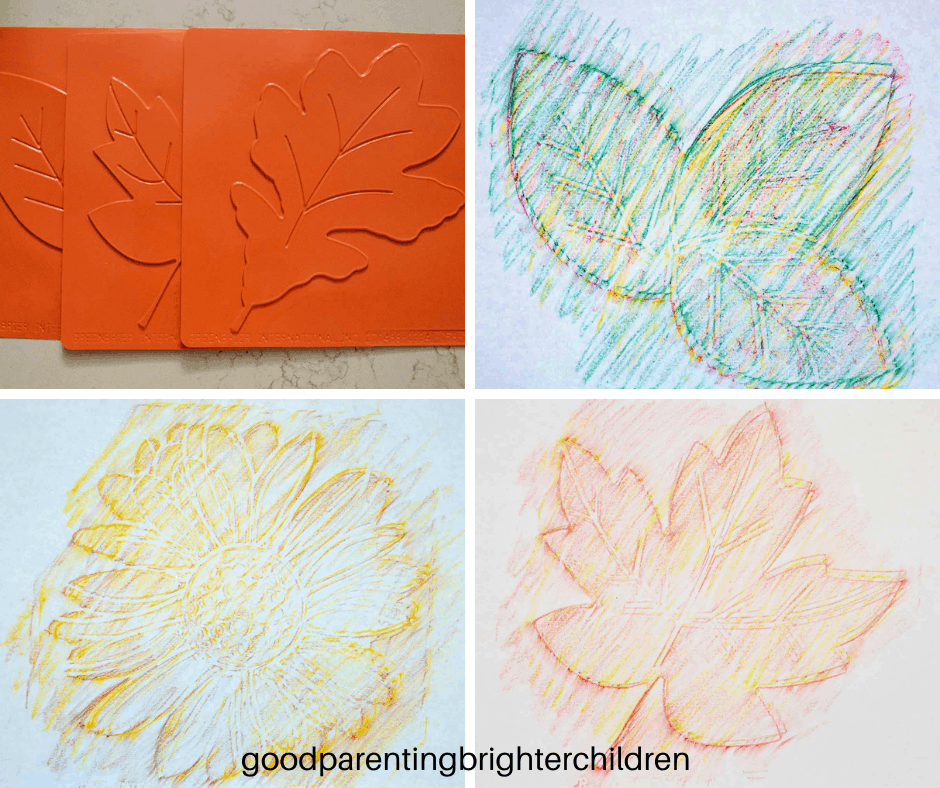
Encourage your grandkids to use more than one color crayon. When using multiple colors–they look even more like Fall
Take the leaves that you gathered on your leaf identification walk or purchase leaf rubbings molds (Dollar Store) and do the following:
- Arrange the leaves on a sheet of paper
- Cover the leaves with another sheet of paper
- Take a crayon, peel off the paper
- Using the side of the crayon, gently rub on the paper—bringing up the leaf designs underneath
#7: Fall Activities for Kids & Grandkids: Reading Books!
One of the best fall activities for kids and grandkids is snuggling up to grandma and reading books together. We live in an amazing age to have at our disposal so many books—to buy or check out from the library. Here are some Fall favorites:
- Goodbye Summer, Hello Autumn by Kenard Pak
- Leaf Man by Lois Ehlert
- Because of an Acorn by Lola M. Schaefer
- Fletcher and the Falling Leaves by Julia Rawlinson
- The Fall of Freddie the Leaf: A Story of Life for all Ages by Leo Buscaglia
- There was an Old Lady who Swallowed Some Leaves by Lucille Colandro
What fun fall activities do you do with your kids and grandkids? Please comment in the section below.
Want to remember this post? Post, “How to Make Fall Activities for Kids & Grandkids the Best Ever” to your favorite Pinterest Board!
FAQs: Fall Activities for Kids
What activities do you do in the fall?
Fall is associated with cooler temperatures, longer nights, and a changing landscape to red, yellow, and orange.
Depending on the age and interests of the person or family, here are some possible fall activities:
- Nature walks
- Leaf identification walks
- Art projects that utilize leaves, pods, nuts, and berries
- Gather and carve pumpkins
- Pick apples
- Hayrides
- Baking in the kitchen—things that use fall and winter fruits such as apples, pears, persimmons, pomegranates, or cranberries.
How do we celebrate fall?
Fall is celebrated in many ways and includes:
- Back-to-school for kids of all ages
- Halloween
- Thanksgiving
It also means longer nights; shorter cooler days, the harvesting of crops, and preparing for the cold winter months.
There are different fruits and vegetables that grow during the fall; allowing for different baking and cooking in the kitchen. Some include:
- Apples
- Pears
- Pomegranates
- Cranberries
- Parsnips
- Winter squash
- Pumpkin
What is fall known for?
Fall is known for kids going back to school; cooler temperatures, longer nights, and leaves changing to red, yellow, and orange.
For the Celts who lived over 2,000 years ago, fall was a time when crops were harvested and stored in barns to use for the upcoming winter months—much like farmers today.
And similar to today, it was a time of pumpkins, apples, cinnamon, spices, and celebrations.
The fall holidays and celebrations include Halloween and Thanksgiving and many celebrations are associated with each holiday.
What can you do at home in the fall?
Depending on the age and interests of the person or family, here are some possible fall activities:
- Nature walks
- Leaf identification walks
- Art projects that utilize leaves, pods, nuts, and berries
- Gather and carve pumpkins
- Pick apples
- Hayrides
- Baking in the kitchen—things that use fall and winter fruits such as apples, pears, persimmons, pomegranates, or cranberries.
- Board games with the family
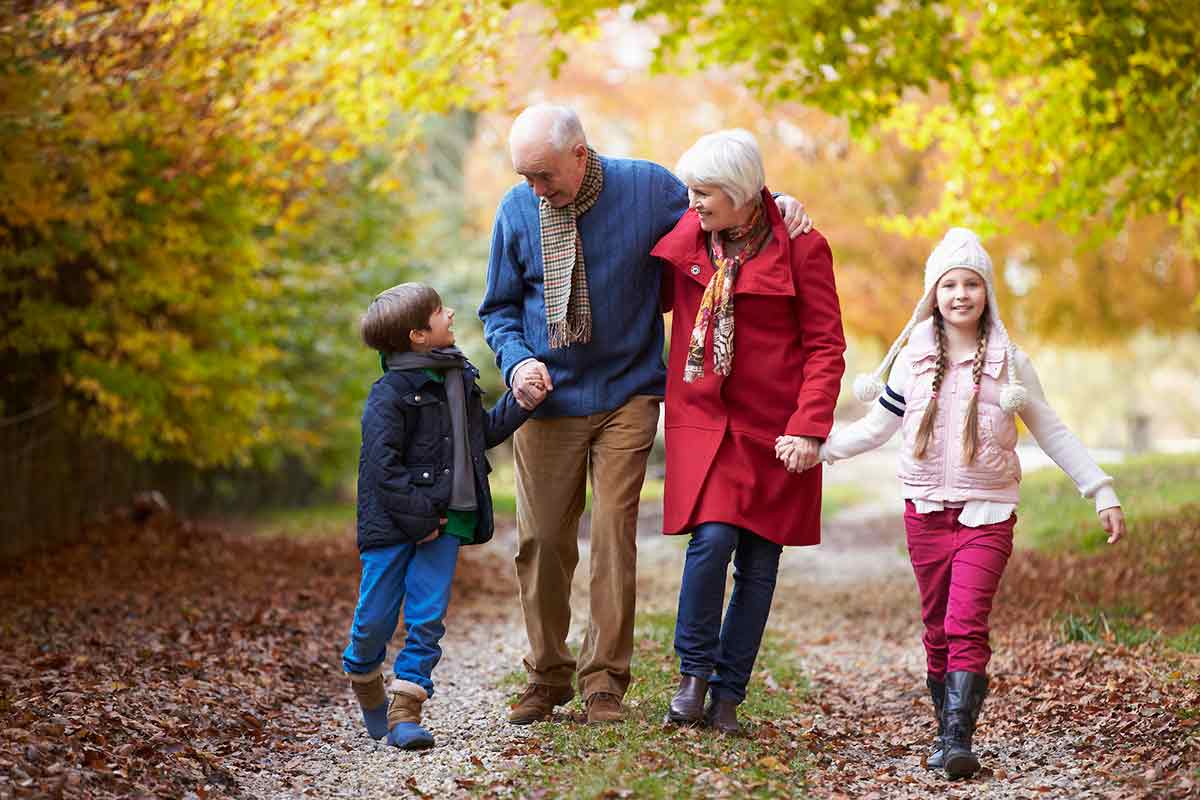
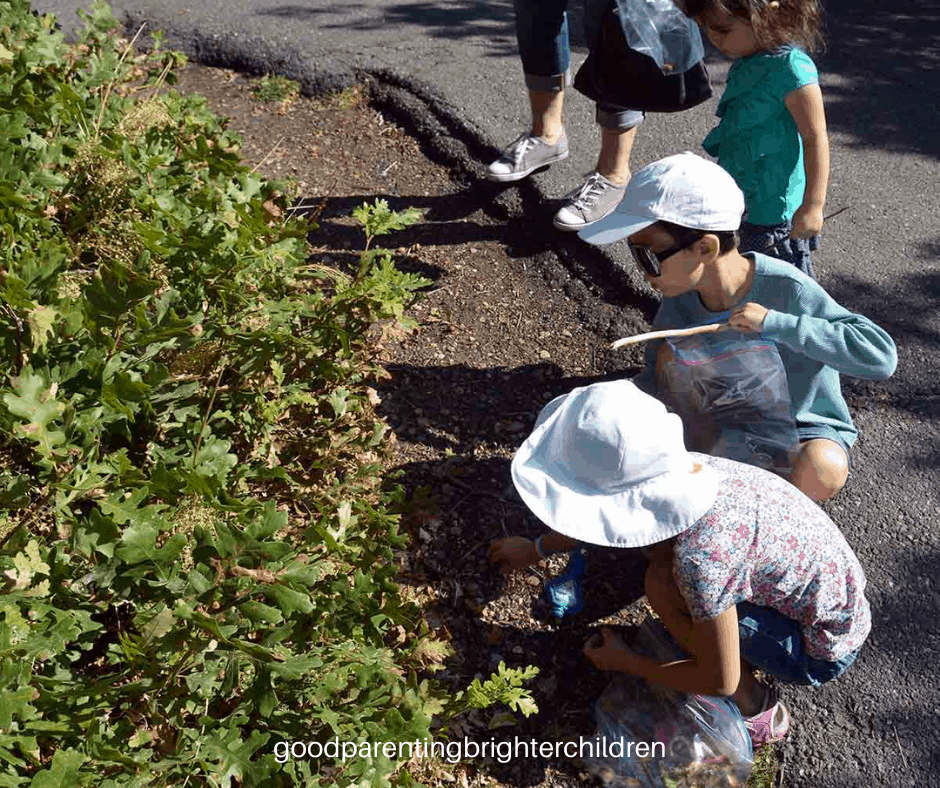
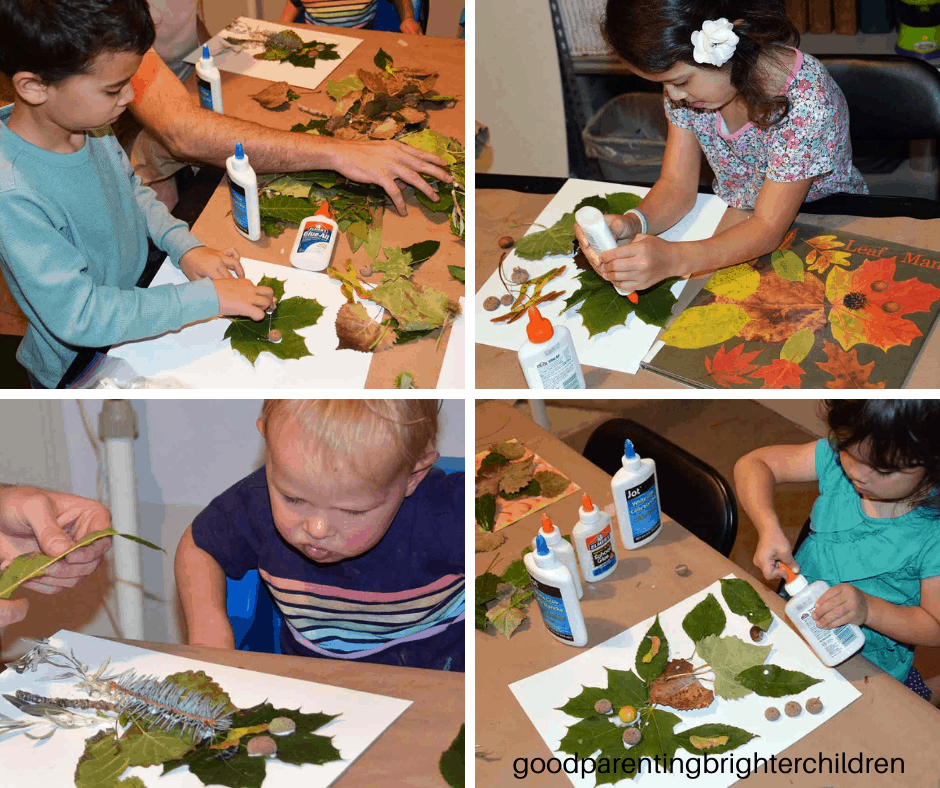
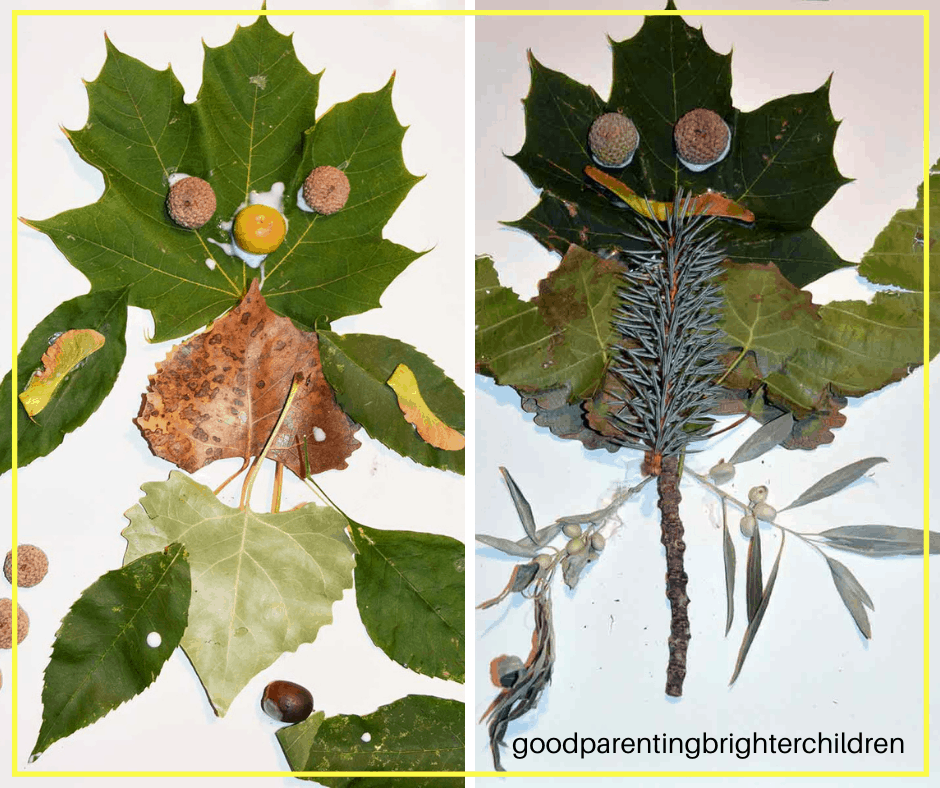
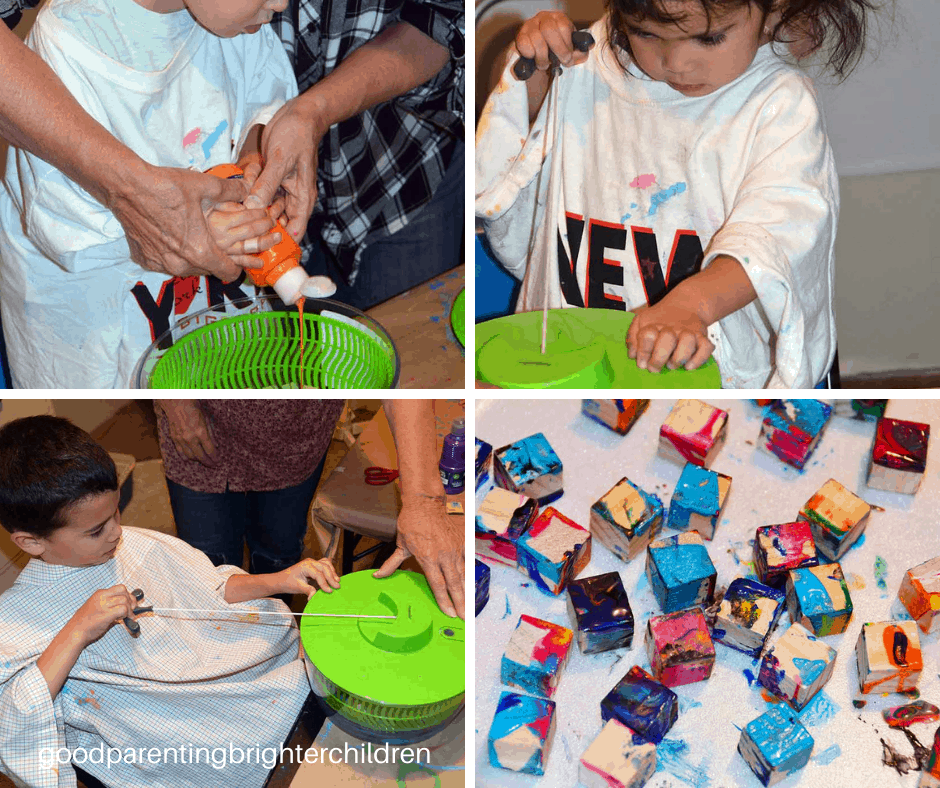
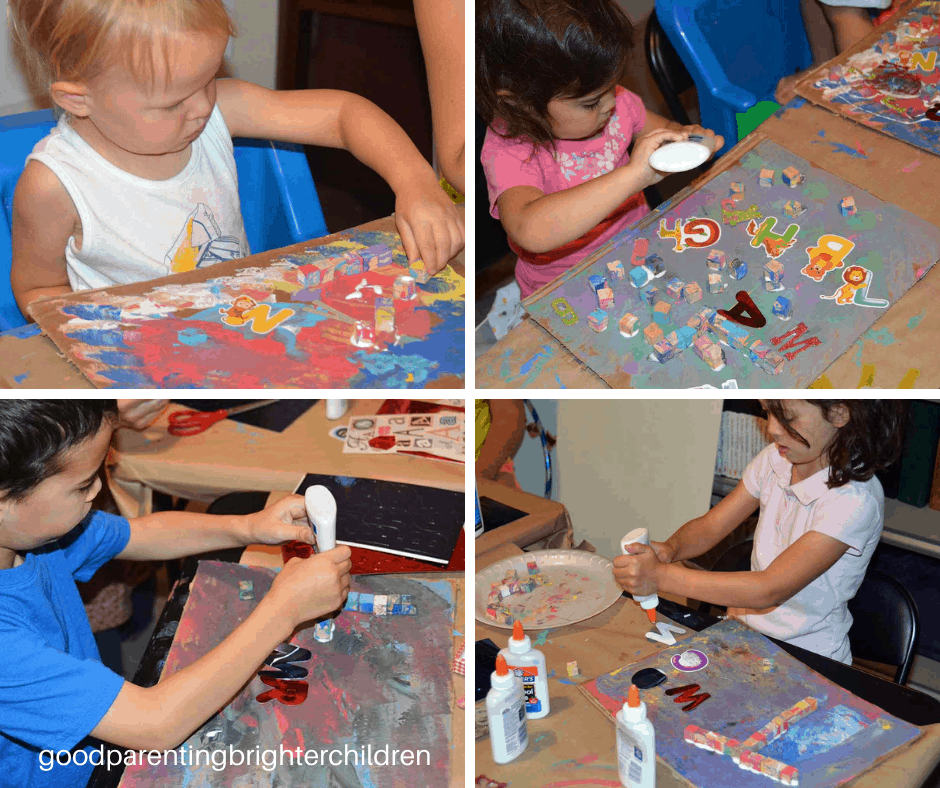

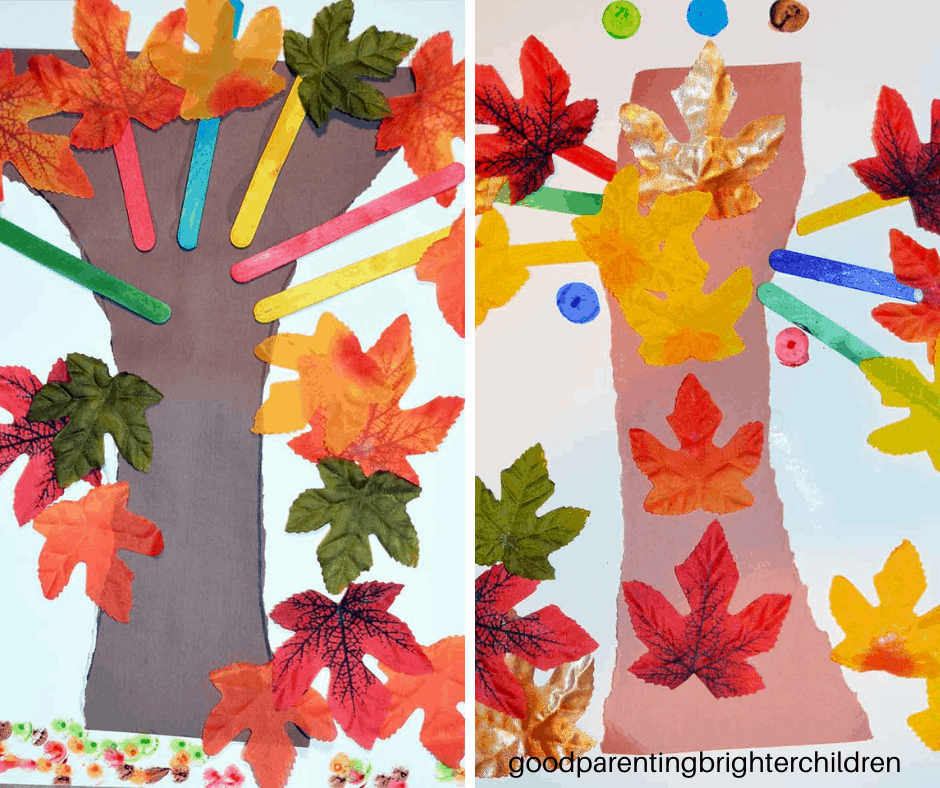
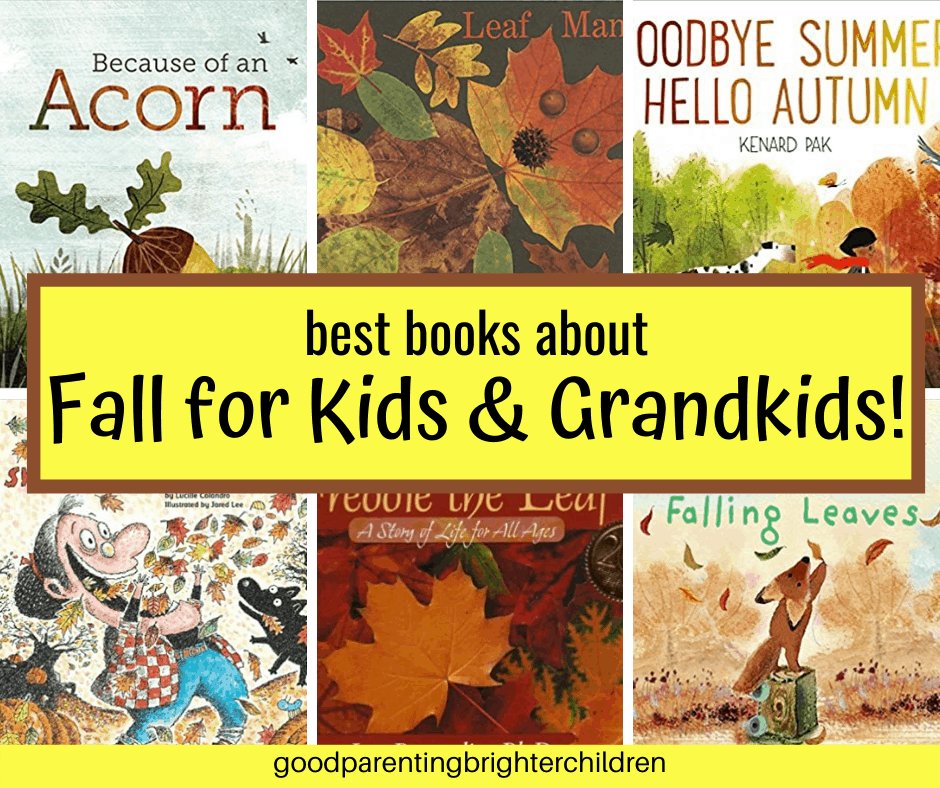
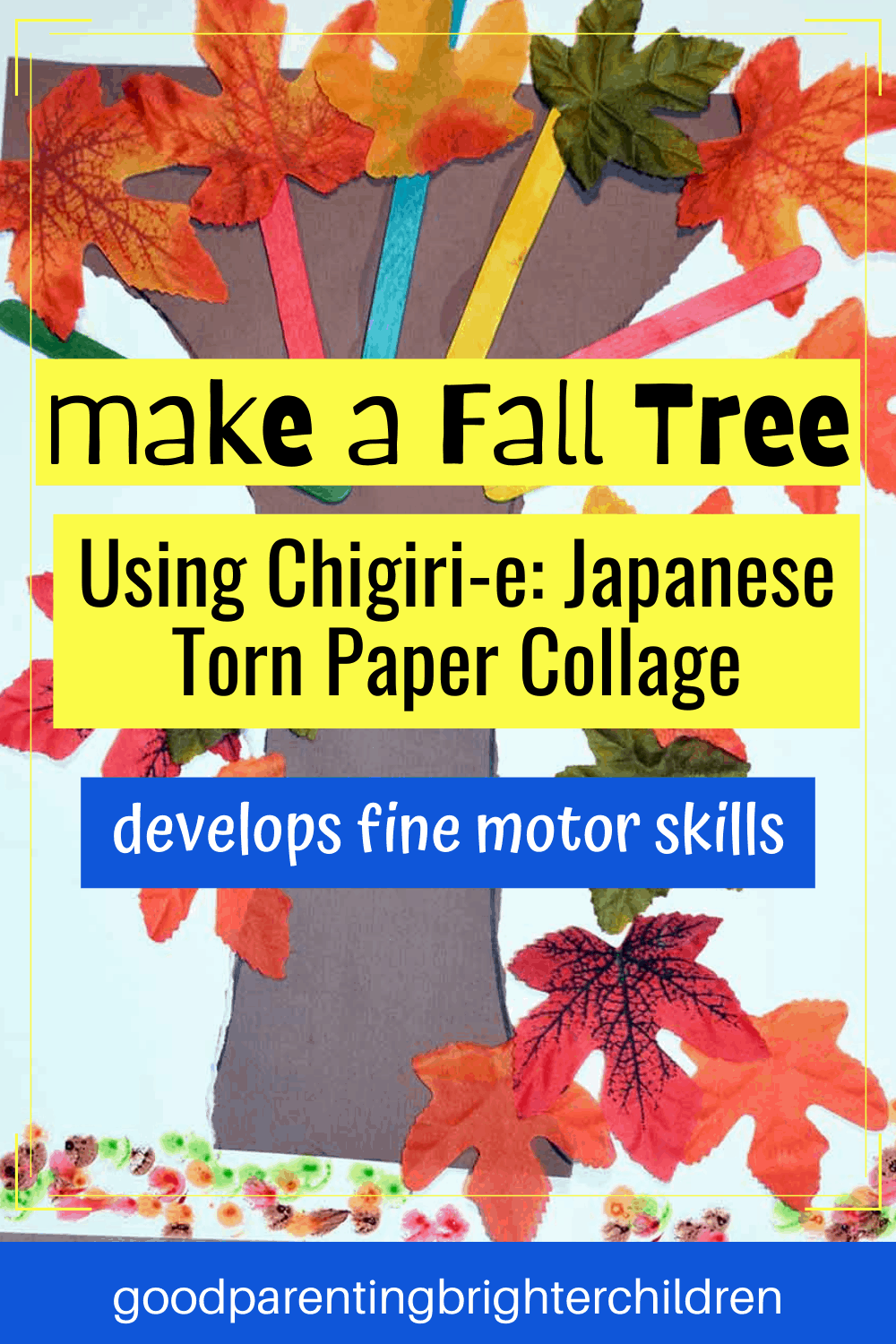
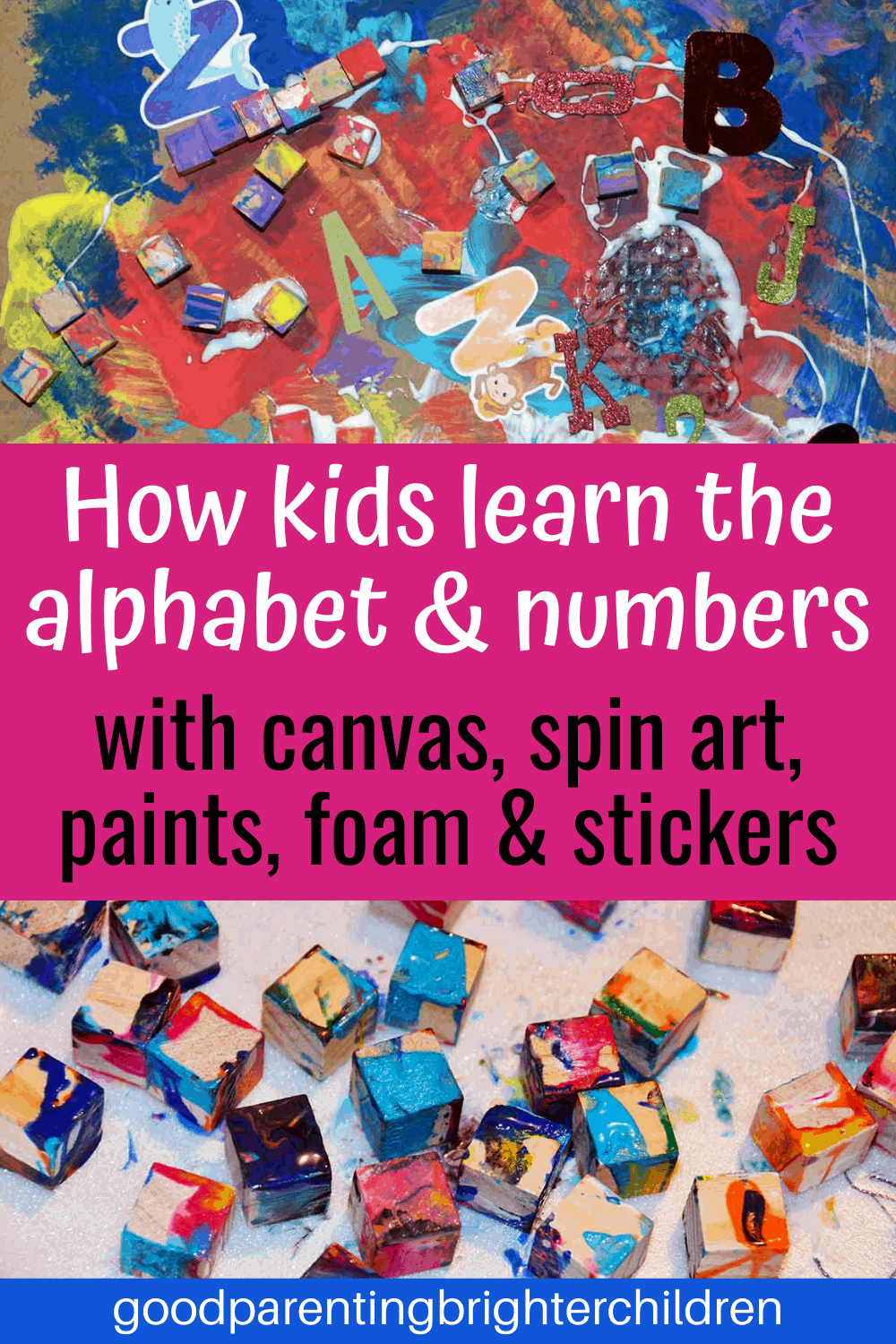



So many fall activities to choose from in this post, Sharlene. And each one is better than the next! I love the leaf rubbing activity and especially love that you made homemade whole wheat bread. I have to give your recipe a try! I used yeast for the very first time over quarantine and I’m slowly getting more and more comfortable using it. Thanks for another great post, Sharlene. Looking forward to see what else you have up your sleeve.
Thanks Tiffany! The leaf rubbing was definitely the easiest to prepare and execute–the others took some time. I’m glad you are experimenting with yeast. We should talk–I can give you some tips I learned from the baker. And I’ve been using yeast since I was 12 years old. Baking becomes even more fun and interesting once you start using yeast.